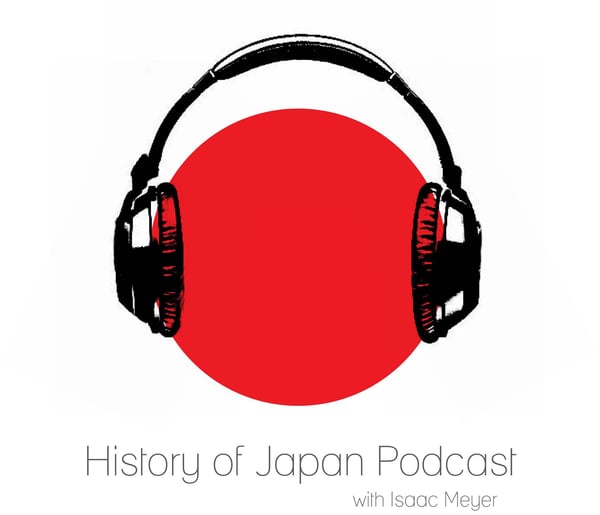Episode 224 - Crime and Punishment, Part 2
History of Japan
Isaac Meyer
4.8 • 744 Ratings
🗓️ 13 January 2018
⏱️ 31 minutes
🧾️ Download transcript
Summary
This week, we cover the features of modern Japanese policing, from the friendly face of the koban police boxes to the harsh realities of Japan's rules on interrogation.
Transcript
Click on a timestamp to play from that location
| 0:00.0 | The Hello and welcome to the History of Japan podcast, episode 224, Crime and Punishment, Part 2. |
| 0:50.1 | So we've covered the formation and the ethos of the modern Japanese police system. |
| 0:55.0 | Now it's time to talk a bit about what that system looks like in practice. |
| 1:00.0 | So first, who called the shots in this system? |
| 1:04.0 | Well, it took a while for the exact nature of the police hierarchy to shake out early on. |
| 1:10.0 | In particular, there was some friction |
| 1:12.0 | very early in Imperial Japanese history between the police and the appointed prefectural |
| 1:17.4 | governors and city mayors. Of them all, who was ultimately in charge when it came to law and |
| 1:23.4 | order? It took a few decades for the major bureaucracy to shake itself out. But when the dust |
| 1:29.3 | settled, the police force ended up under the control of what was at the time and still holds the |
| 1:34.8 | record for being the most powerful institution in Japanese history, the Naimusho, or Internal Affairs |
| 1:41.3 | Ministry. Initially intended to be a parallel to the British government's home office, it was usually |
| 1:47.6 | called the Home Ministry. |
| 1:50.5 | We've talked a bit about the Home Ministry once or twice on this show, but it's worth refreshing |
| 1:55.0 | our memories here. |
| 1:57.0 | The Home Ministry was part of the official state bureaucracy, staffed by professional bureaucrats, |
| 2:02.6 | who had graduated from Japan's most prestigious universities, and spent their careers working for a single |
| 2:08.3 | ministry. The leadership of each ministry was technically a part of the cabinet and appointed |
| 2:13.5 | by the Prime Minister, though some ministers were invited more consistently to meetings than others. |
| 2:19.3 | The home minister was the most prestigious cabinet spot there was, because the powers of that ministry were incredibly sweeping and wide-ranging. |
| 2:28.3 | Policing, yes, but also local administration, administering state-owned religious sites, |
| 2:34.3 | public works, public health, |
... |
Please login to see the full transcript.
Disclaimer: The podcast and artwork embedded on this page are from Isaac Meyer, and are the property of its owner and not affiliated with or endorsed by Tapesearch.
Generated transcripts are the property of Isaac Meyer and are distributed freely under the Fair Use doctrine. Transcripts generated by Tapesearch are not guaranteed to be accurate.
Copyright © Tapesearch 2025.

